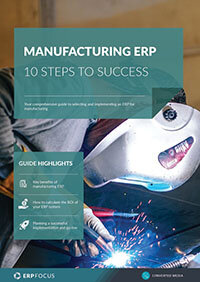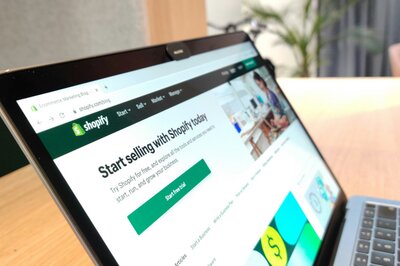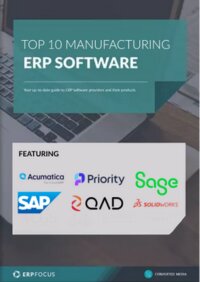ERP is the key to customer and supplier integration
Most of us find that customers place orders following the beat of their own drum. We ask for a forecast, but their orders show up as though they never consulted that forecast. Our suppliers follow yet another drumbeat. We want to be good customers to our suppliers, good providers to our customers and earn a profit at the same time. But how can we do all those things?
Customer integration
Imagine a global ERP. Our system might not be the same brand as our customers' systems, but they all communicate with each other over the Internet. If a customer is planning a new product, we can identify which components we can provide and begin our own planning to meet that future unknown demand. There is no contract and no obligation on either side, but there is plenty of communication. We also see the planned purchase orders their ERP generates. Only executed POs are contractual, but the visibility of future planned increases and decreases will help us provide for their needs even better.
Supplier integration
The integration doesn't stop there. Our ERP filters out items we don't provide and passes those potential demands to our suppliers. Our suppliers also see planned orders generated by our ERP. This visibility is understood to be a communication stream designed to help the entire supply chain act in an integrated fashion, benefiting us and the final users of the products we make. That communication extends through every supplier.
The ERP information chain
What we have is an information chain alongside the supply chain. Suppose we are considering an increase in our capacity to meet what appears to be a growing demand. We have seen purchase orders increase over recent months. Until the information chain is in place, our visibility is limited. We are blind to the actions of our customer, who was building inventory only to meet end-of-life demands after phasing out that product.
Recommended Reading: ERP Manufacturing - 10 steps to success
Our supplier might deliver parts by the container load. Receiving one container on alternating weeks has thus far satisfied our requirements. Seeing a ramp-up in demand in the near future might lead us to ask for two containers every three weeks. We have confidence in that customer, and we are willing to build a limited amount of inventory to ensure that we meet their needs and maintain a good relationship. We have a chance to ramp up over some time and so does our supplier.
Our ERP already uses the internet to communicate between internal users. Extending that permission outside our individual businesses is simple. We might want to modify ERP so we have visible distinctions to let us know when a particular demand began. We also want to maintain security and only extend visibility to trusted suppliers. After considering all this, who is ready to integrate?
Free white paper

Manufacturing ERP: 10 steps to success
Complete step-by-step guide to manufacturing ERP software

Featured white papers
Related articles
-

Nine signs you need an eCommerce ERP integration
A guest blog from Brightpearl discussing eCommerce ERP and integration
-

Secret KPI: Why Your ERP Implementation Team Matters More Than Software
Learn how Godlan ensures successful ERP implementation for manufacturers with proven strategies &...
-

ERP for make-to-order manufacturing
How can ERP help your make-to-order manufacturing business thrive?



